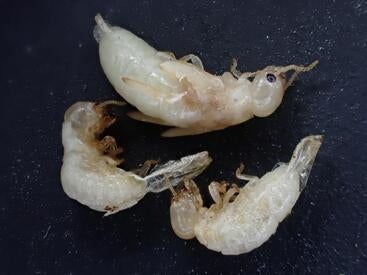2025-05-06 ノースカロライナ州立大学(NC State)
<関連情報>
- https://news.ncsu.edu/2025/05/development-agriculture-present-risks-for-drinking-water-quality/
- https://journals.plos.org/water/article?id=10.1371/journal.pwat.0000313
予測される土地利用の変化により、地域流域の飲料水取水口で水質悪化が引き起こされる Projected land use changes will cause water quality degradation at drinking water intakes across a regional watershed
Elly T. Gay ,Katherine L. Martin,Peter V. Caldwell
PLOS Water Published: April 23, 2025
DOI:https://doi.org/10.1371/journal.pwat.0000313
Abstract
Forest conversion to development threatens the ability of watersheds to provide stable and clean water supplies. Water managers are targeting forest conservation as a source water protection strategy to maintain healthy watershed function in developing areas, especially upstream of drinking water treatment facilities. Understanding the role of current forest cover in safeguarding these facilities is therefore crucial. We used the Soil and Water Assessment Tool (SWAT) to examine the relationship between upstream forest cover and downstream water resources under both current (2020) conditions and multiple projected land use scenarios for 2070 in the Middle Chattahoochee watershed, USA. We investigated the extent to which existing forest cover benefits water quality at 15 drinking water intake facilities within the watershed. Our analysis of four land use change scenarios revealed that forest conversion and increased development resulted in higher average annual concentrations of total suspended sediment (TSS) and total nitrogen (TN) at 13 out of 15 intake facilities, with potential increases of up to 318% for sediment and 220% for nitrogen. Conversely, concentrations decreased relative to the baseline when upstream agricultural land was converted to forest cover or new, low-intensity development, suggesting that certain types of development may improve water quality compared to maintaining agricultural land. Our results also indicated that extreme nitrogen and sediment concentration events – defined as days exceeding the highest 10th percentile of baseline concentrations – could become 3.6 to 6.6 times more frequent in the future, respectively. Notably, forest conversion to new development upstream of intakes with smaller subwatersheds could reduce water quality for utilities serving smaller towns and rural areas, which may have limited resources for managing this challenge. Our findings highlight vulnerable intake locations and underscore the benefit of forest conservation for source water protection under future land use change.


